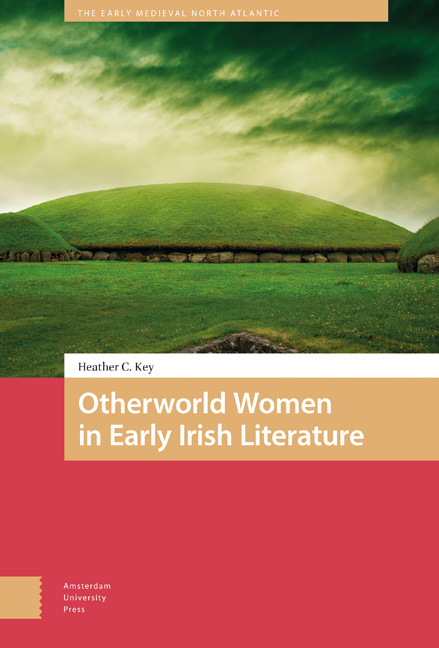Summary
So, what can we take from all of this? It seems to have been the case that, despite the unenviable position of women in early Irish society, authors of the time had good reason to use strong female Otherworld characters in their texts. The ‘same-only-different’ aspect of the Otherworld we have seen time and again through this study allows a given author to treat and use Otherworld women in ways that would be unthinkable for most mortal women. They are able to challenge or subvert the status quo, in either the mortal world or the Otherworld. Connlae's mistress and her defiance of Conn provide an example of the former; Nera's mistress with her shifting loyalty the latter. Using Otherworld figures also allows authors to invoke native belief systems in service of the new Christian ideology, as do(es) the author(s) of Echtrae Chonnlai (EC) and Immram Brain (IB). And they have a number of tools at hand that most mortal women would not: access to Otherworld tokens, sometimes magical in nature – like Connlae's apple, the silver branch in IB, or the ‘fruits of summer’ and Otherworldly ‘booty’ in Echtrae Nerai (EN); knowledge of the future to assist them in securing their purposes, as in EC, or deflecting the wrath of potentially hostile invaders, as Ériu does in Lebor Gabala Erenn (LGE). In addition, they have access to realms in which they can promise heroes everlasting youth; and their own youthful immortality and beauty as well. These women have the beauty to attract the hero, and usually, the power to ensure his welfare. It is, then, no wonder that medieval Irish authors found them useful.
- Type
- Chapter
- Information
- Otherworld Women in Early Irish Literature , pp. 187 - 188Publisher: Amsterdam University PressPrint publication year: 2023



